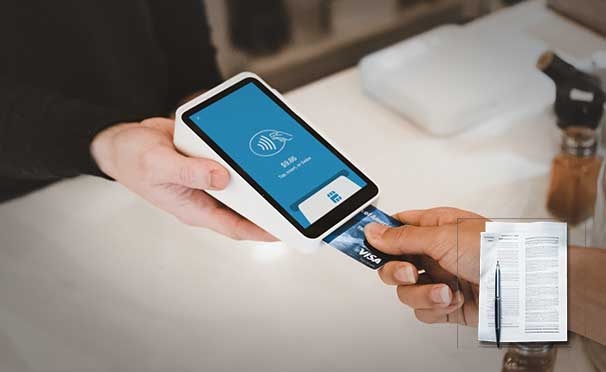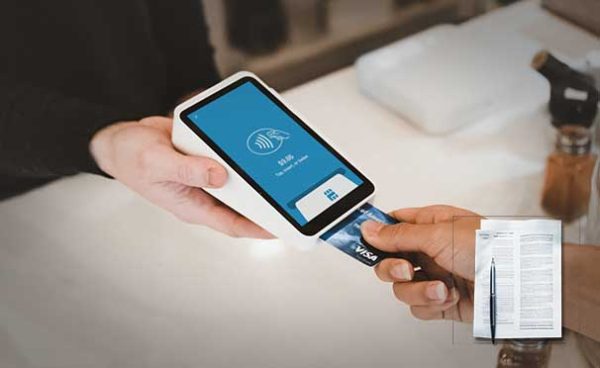Starbucks and the Operational Challenge of Mobile Order & Pay
No Fee
| Case ID: | OM-SBC-20230719-1-V1 |
|---|---|
| License: | CC BY-NC-SA 4.0 |
| Pages | 3 pgs |
| Case Study Analysis | Not Included |
| Teaching Notes | Not Included |
| Ai Level | Content co-authored with the OpenAI API |
| Category(s) | Operations Management: 10/10 |
This case delves into Starbucks’ operational challenge that arose from the increasing popularity of its Mobile Order & Pay feature. While the feature was introduced to enhance customer experience and reduce in-store wait times, it inadvertently led to a service bottleneck, complicating operations both for in-store customers and employees. The case presents a scenario where Starbucks needs to balance operational efficiency, customer satisfaction, employee wellbeing, and cost-effectiveness. With multiple potential solutions offered, each with its own implications and trade-offs, this case offers students valuable insights into service design complexities, operational management, and the strategic alignment of solutions with brand values.






